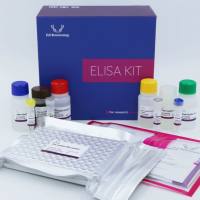Targeted Gene Replacement in Fungal Pathogens via Agrobacterium tumefaciens- Mediated Transformation
互联网
1110
Genome sequence data on fungal pathogens provide the opportunity to carry out a reverse genetics approach to uncover gene function. Efficient methods for targeted genome modifications such as knockout and in locus over-expression are in high demand. Here we describe two efficient single-step cloning strategies for construction of vectors for Agrobacterium tumefaciens -mediated transformation (ATMT). Targeted genome modifications require integration by a homologous double crossover event, which is achieved by placing target sequences on either side of a selection marker gene in the vector. Protocols are given for two single-step vector construction techniques. The In-Fusion cloning technique is independent of compatible restriction enzyme sites in the vector and the fragment to be cloned. The method can be directly applied to any vector of choice and it is possible to carry out four fragment cloning without the need for subcloning. The cloning efficiency is not always as high as desired, but it still presents an efficient alternative to restriction enzyme and ligase-based cloning systems. The USER technology offers a higher four fragment cloning efficiency than In-Fusion, but depends on specific structures in the binary vector. The available fungal binary vectors adapted for the USER system are described and protocols are provided for vector design and construction. A general protocol for verification of the resulting gene replacement events in the recipient fungal cells is also given. The cloning systems described above are relevant for all transformation vector constructs, but here we describe their application for ATMT compatible binary vectors. Protocols are provided for ATMT exemplified by Fusarium graminearum . For large-scale reverse genetic projects, the USER technology is recommended combined with ATMT.









